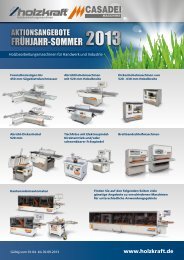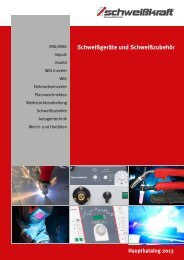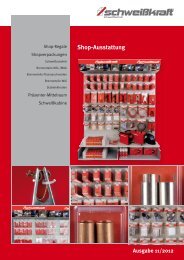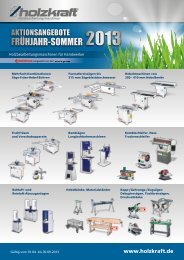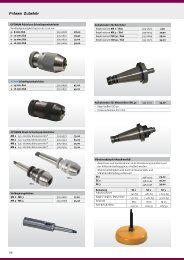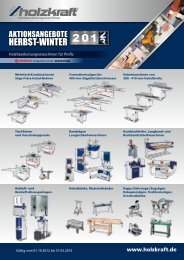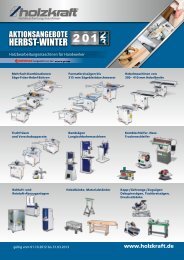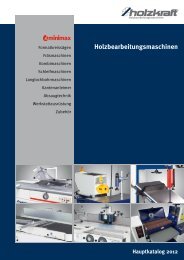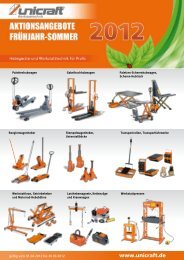Compressors / compressed air - Aircraft
Compressors / compressed air - Aircraft
Compressors / compressed air - Aircraft
You also want an ePaper? Increase the reach of your titles
YUMPU automatically turns print PDFs into web optimized ePapers that Google loves.
AIRCRAFT PREMIUM - This is what you ought to know!<br />
Energy saving by revolutionary technique<br />
Force impacts in the AIRCRAFT Rotal technique<br />
· The rotating drive is converted via a patented innovative<br />
planet drive in a linear movement (F1=F2).<br />
· Laterally resulting forces F3 which effect an increased wear are<br />
completely used for sealing.<br />
your advantages when using the Rotal technique:<br />
· Considerably less wear<br />
· Up to 50% lower maintenance cost<br />
· Up to 25% higher performance is obtained resp.<br />
up to 25% less drive energy is required<br />
F1=F2<br />
F1 = F2 = 100%<br />
Targeted lubrication of trouble spots<br />
The patented solution for the Rotal technique:<br />
· Forced lubrication at a trouble spot of the PREMIUM<br />
compressor<br />
your advantage:<br />
· Also in extreme sloping positions an optimum lubrication is<br />
being guaranteed<br />
· Little oil quantities in the <strong>compressed</strong> <strong>air</strong><br />
patented<br />
Force effects at traditional piston drive<br />
F1<br />
F2<br />
F3<br />
Energy spent<br />
· The force which has to be used in order to<br />
move the piston<br />
Effective power<br />
· Really usable force which moves the piston in the direction<br />
to which it shall be moved<br />
Power loss<br />
· Resulting of the power spent<br />
· It presses the piston against the cylinder wall and thus<br />
increases the friction and the wear<br />
F2<br />
F3 F1<br />
F1<br />
F3 = 25%<br />
· The lubrication of lots of conventional piston compressors is performed by means of a submersible needle<br />
· This needle whirls the oil upward and thus dampens the interior of the crank housing and the cylinder wall<br />
· Thus the compressor causes a relative large amount of oil in the <strong>compressed</strong> <strong>air</strong> due to the construction of the compressor<br />
· Also in case of continuous use oil is escaping at the aeration of the crank housing due to an important oil fog formation in the crank housing<br />
patented<br />
F2 = 75 %<br />
For conventional lubrication:<br />
· The oil level is extremely important for<br />
conventional oil lubrication<br />
· Too little oil: The submersible needle does not attain the<br />
oil surface = dry running<br />
· Too much oil: The big end and the gyrating mass strike the oil<br />
surface at high speed at every rotation = great stress, increased<br />
wear of the big end bearings and of the crank shaft bearing<br />
· If the compressor is installed inclined as did often cannot be<br />
avoided when using it at construction sites it may happen that the<br />
oil sump is no longer attained by the submersible needle = dry<br />
running.<br />
Oil level too high Inclined position of the<br />
compressor<br />
67<br />
Piston compressors



